For the appreciation of coffee, it is also a very important thing to recognize its negative tastes. Although people’s perception of positive flavors has come easily, when drinking a cup of uncomfortable coffee, they can only use the general terms such as miscellaneous, bitter, and astringent to describe it.
Of course, we can use these general terms for description. However, the appearance of each negative taste has a reason. If we can feel it more deeply, and distinguish it clearly and distinctly, then we can judge where the shortcomings of this cup of coffee are from this taste. This is not only related to appreciation, but also for the brewing and roasting of coffee, it will be of great help. Well, next, let Qianjie share some of the most common negative tastes in coffee!
Negative tastes of coffee
“Miscellaneous” is the most commonly heard type of negative description, which covers a wide range of negative tastes. As long as there is a taste in a cup of coffee that makes you feel uncomfortable, you can put it on the miscellaneous taste and it will be right. However, we need to recognize the differences in these miscellaneous tastes, because their sources are all different.
Dirt: Some of the coffee aftertastes will have a taste of dirt, and the appearance of the dirt taste has a certain relationship with the planting and processing environment of the coffee beans. Of course, I believe that everyone has not eaten soil (probably), but there must be a smell that is emitted when smelling the soil that has been washed by the rain on a rainy day, and this smell is what we often call the dirt / earthy smell.
Wood: The wood here refers to the smell that is emitted after the wood is processed into compressed wood boards or broken wood chips. This kind of taste is very obvious, and generally speaking, it appears because of over-extraction. However, it should be noted that it is similar to the smell of pine and cypress, so do not confuse these two positive smells with the woody smell.
Smoke: We can think of the smoke smell emitted when burning charcoal for this taste. Generally, the source of this taste is the improper roasting.
Coke: The coke taste is the taste that we can feel when the food is burned and carbonized due to the excessive fire power, and when we take a bite, we can feel this taste! This type of taste mostly appears in deeply roasted and over-extracted coffee.
Medicine: This taste sounds very scary. In fact, it is the bitter taste of plant alkaloids, and the concrete object is the white tablets that often appear in the medicine bag. Essentially, it is a kind of bitterness, but it still has a certain difference from the burnt bitter.
Moldy smell: The moldy smell refers to a sour and stinky smell. In daily life, the clothes that have not dried for a long time due to the plum rain weather will give off this smell. Generally speaking, the probability of the appearance of the moldy smell is very low. When it appears in coffee, it is very likely that there are black beans, moldy beans in the coffee beans, or the mature beans have been stored for more than half a year (these situations are very few, so the probability is small).
Rubber “Rubber”: Some rubber products will give off a very pungent rubber smell when they are first opened. This smell often appears in Robusta coffee!
Decay “Moldy”: The decay smell here refers to the kind of peculiar smell produced when the fruit has been placed for too long and over-fermented. Generally speaking, this type of taste will appear more in heavily fermented coffee.
Feelings that do not belong to the taste
Astringency: Astringency is a kind of feeling, which will make the coffee have some rough “rough feeling”, grinding our tongue and throat. And the astringency will be divided into many types because of the different tastes carried. For example, some astringency will follow the sweet and sour taste from the throat after we swallow the coffee, which is very comfortable.
There is also a kind of astringency that is mixed with some hay-like taste! If you can’t imagine it, you can recall some unripe fruits you have eaten before (such as bananas, various melons), and their feelings are very close, and this kind of astringency with the taste of hay is called “green and astringent”. Green and astringent often appears in coffee that is lightly roasted and not fully extracted. If the green and astringent feeling is not strong, it will not make people feel uncomfortable.
There is also the astringency that we will experience after the coffee is over-extracted! The astringency of over-extraction will be mixed with a certain amount of bitterness. When we swallow it down, the bitter and astringent will form a very strong negative feeling, which is very unpleasant. And this type of astringency is usually called “bitter and astringent”.
Dry feeling: When the coffee has just been baked, there will be many baking breath left on it. If we brew the coffee beans when these breaths have not dissipated, then these baking breaths will be integrated into the coffee liquid with the extraction and perceived by us. It is a very dry, hoarse, and astringent feeling. That’s why we don’t immediately brew and cup test after the coffee beans are baked!
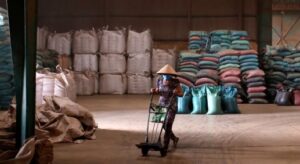
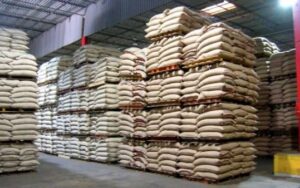


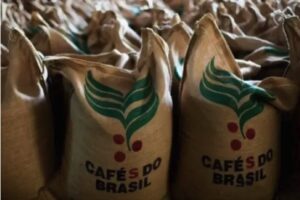

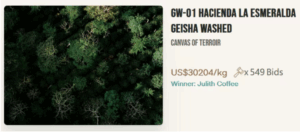
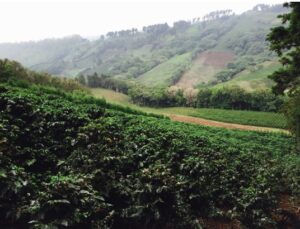

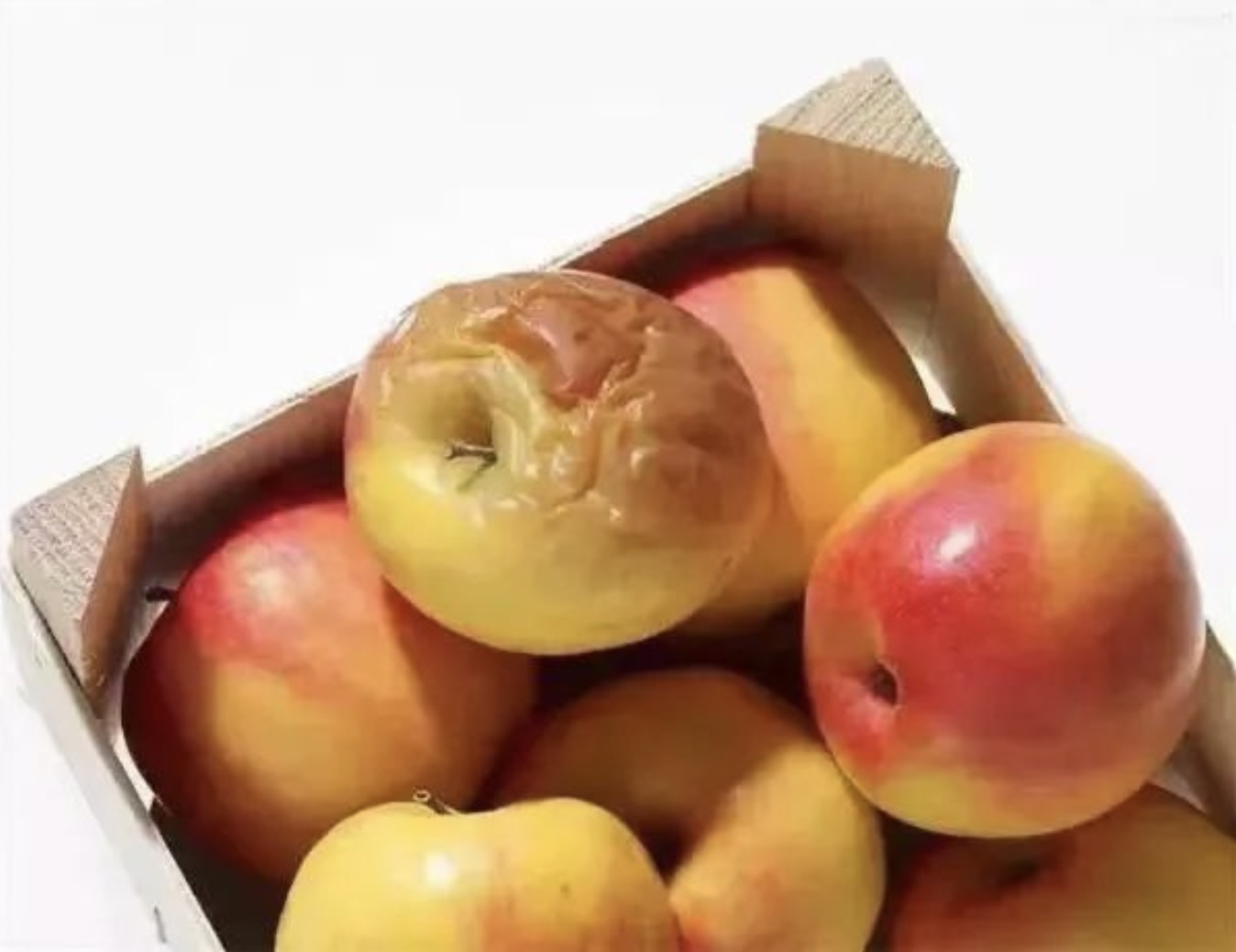

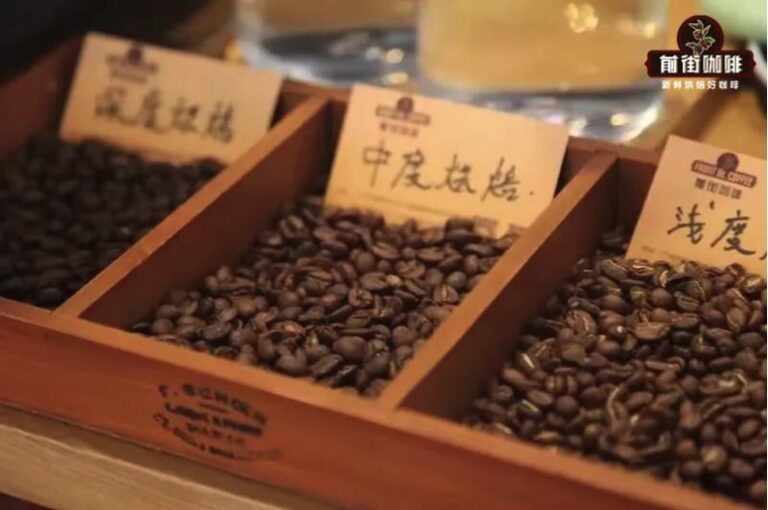
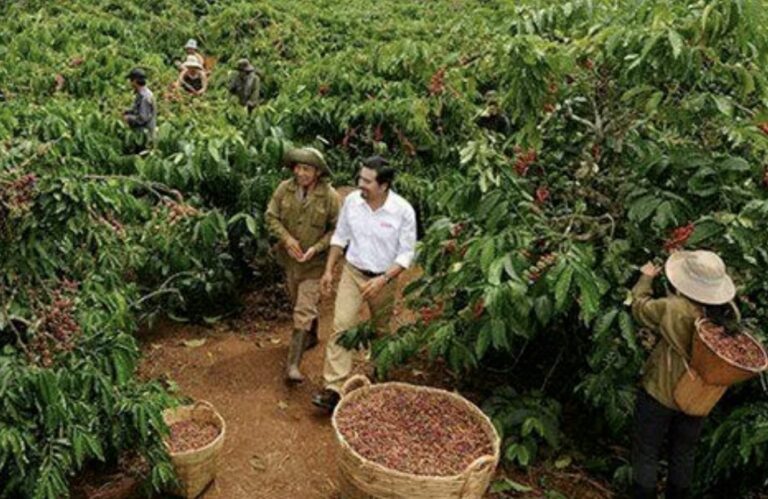
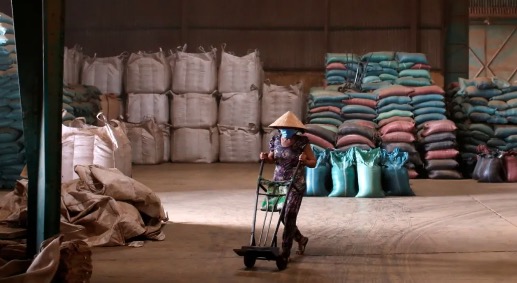
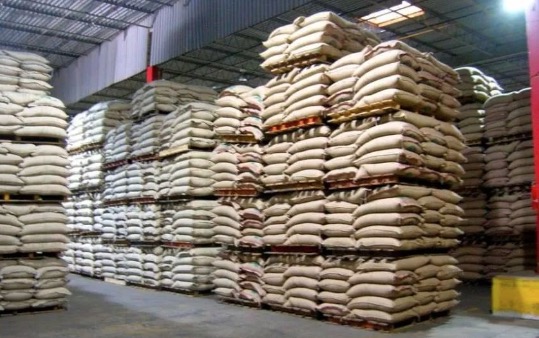


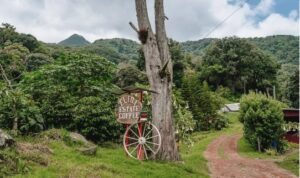

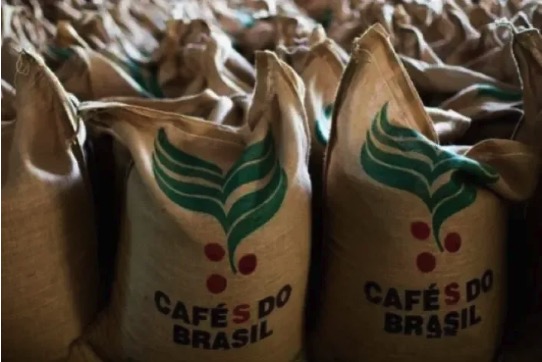

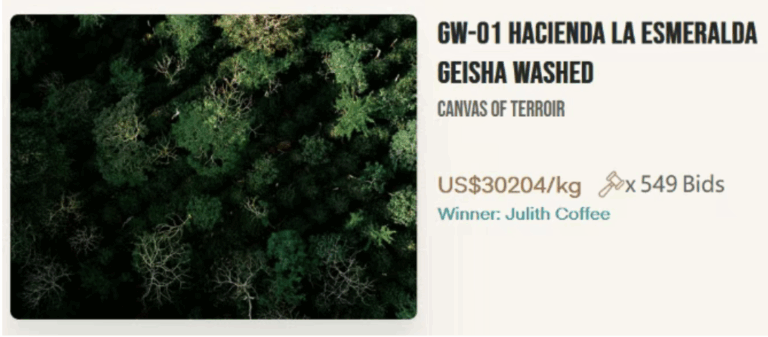
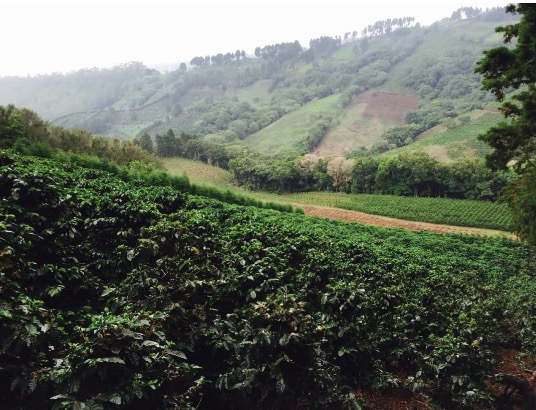
+ There are no comments
Add yours